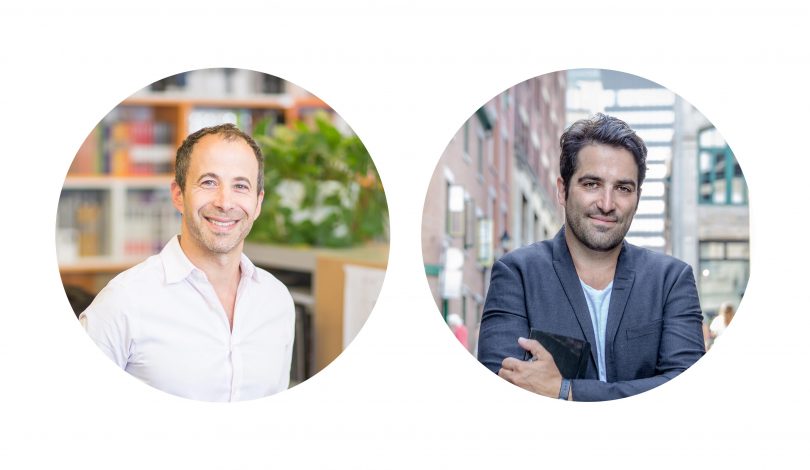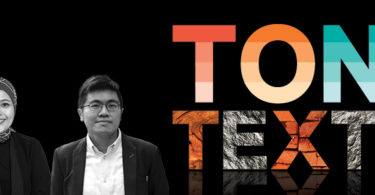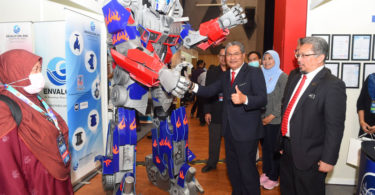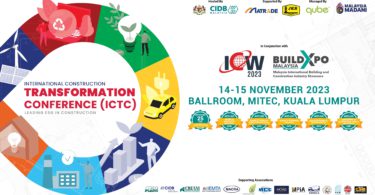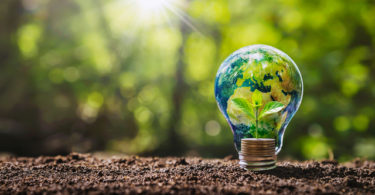Dan Levin (left) has been with B+H since 2007 and has worked in its Toronto and Shanghai offices and currently based out of Ho Chi Minh City office. With nearly 20 years of experience, Levin fuses his extensive knowledge of building envelope design and detailing with a passionate focus on Green and sustainable development. Jean Sebastien Bourdages (right), Design Director at B+H, leads regional teams to design and deliver contextual and human-centered projects. With over 20 years of experience working on award-winning projects across sectors including mixed-use, aviation, healthcare, hospitality and education at all scales and geographies, Bourdages has collaborated with some of the world’s leading enterprises.
What is the role of sustainable design—or sustainability in general—in the context of the global pandemic?
The most ambitious sustainability characteristics of a building are often concealed in high-efficiency mechanical systems, embedded in the many components of the building envelope, or hidden below the soil or on a roof, away from view. When we talk about the ‘feeling’ of sustainability, we’re referring to the tangible outcomes of these embedded characteristics—the experience of, and human connection to, sustainable design principles.
As we continue to improve the ways we integrate Green and sustainable qualities in our buildings, we need to not only put superior products and systems in place, but also create an awareness and understanding of what sustainability means in our built environment. The pandemic has heightened our awareness of the impact of our environment on our physical and mental health—and therefore on our own resilience or immunity to the disease. We anticipate that occupants will increasingly demand that their environments provide support for their physical and mental health. The presence of biophilic elements such as plants, vegetation or water; the use of natural materials like wood; maximised daylighting in interior spaces; or the display of systems like photovoltaic arrays creates a visual reminder of how a building can positively impact the health and well-being of its users, and set an expectation for best practice building maintenance and operations.
One of the most important learnings from this pandemic is that sustainable lifestyle is not a choice but a necessity if we value the life and health of our populations. The climate crisis can’t be dismissed or hidden anymore. The current virus might have spread more in locations of higher air pollution. In just a few weeks of humans retreating into their homes, the sky is bluer, fauna is returning and water is cleaner. We’ve also heard about massive proposed investments from various governments and cites to support local production of goods, including locally produced food and urban agriculture. In addition to providing nutrition, urban agriculture provides jobs, reduces carbon and provides engaging visual appeal to our cityscapes.
It is our social, professional and environmental responsibility as planners, designers and citizens to advocate for sustainable practices in everything we create.
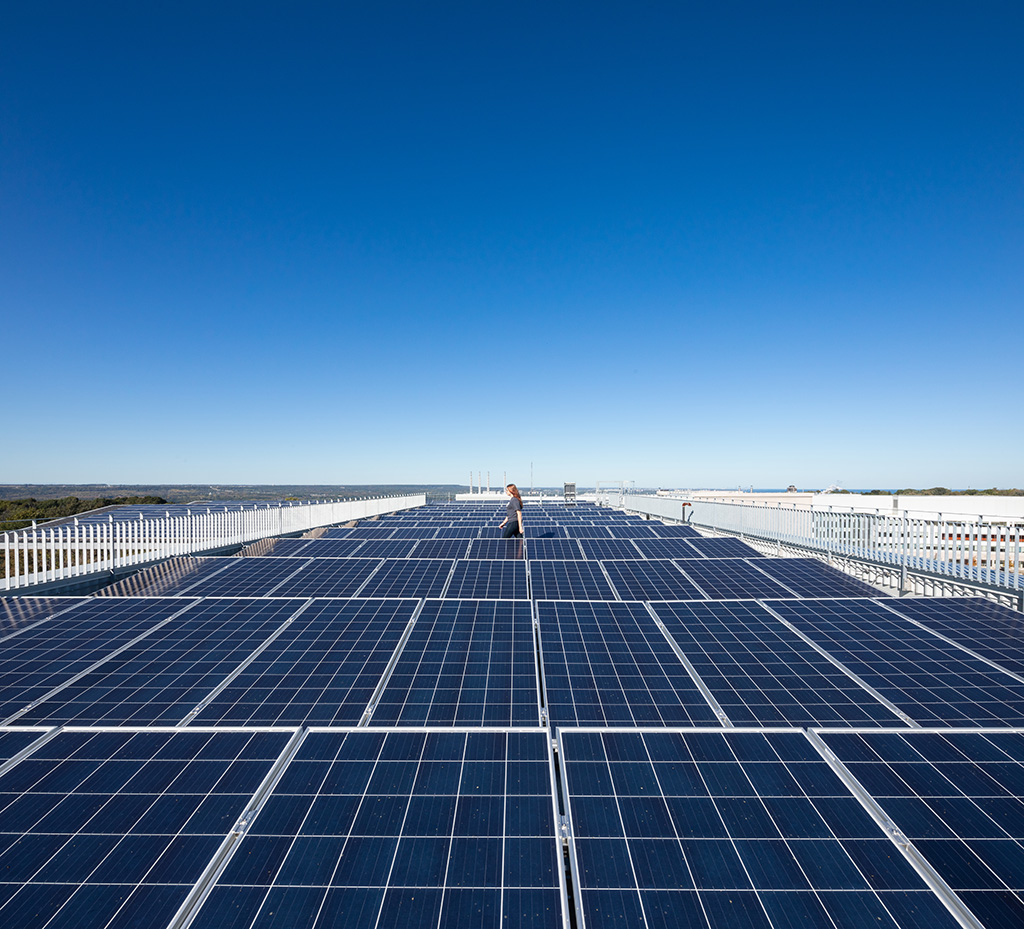
Rooftop solar panel arrays on the Mohawk College Joyce Centre for Partnership Innovation Building; image by B+H
How can building technology—or technology in general—help flatten the curve of COVID-19 spread?
To prevent pandemics like COVID-19 from recurring in the future, we will need to train the communities in cities, provinces and countries to adhere to the regulations and modify their behaviour. Today’s technology provides unprecedented capacity to track individuals in real-time through the use of mobile phone data, street CCTVs and GPS systems.
Chinese tech giant Baidu developed an AI system that uses cameras equipped with computer vision and infrared sensors to predict people’s temperatures in public areas. The system can screen up to 200 people per minute and detect their temperatures within a range of 0.5 degrees Celsius. The AI flags anyone with a temperature above 37.3 degrees. The technology is now in use in Beijing’s Qinghe Railway Station. Such systems can be readily adapted to building and neighbourhood scales.
B+H is actively engaged with the World Green Building Council, which has recently launched the Plant a Sensor campaign—a network of organisations aiming to promote a healthier, more sustainable built environment by making real-time air quality data visible and transparent to the public. Universal connectivity is a great enabler to help us tackle the world’s problems, including health problems such as COVID-19. As this campaign and our current global health crisis coincide, we’re considering how to leverage these air quality sensors to promote public health. These same monitors can be calibrated to track particulate airborne pathogens so we can help containing the pandemic.
The better we understand this connectivity between our environments—built, natural and social—the better we can protect ourselves in the future.
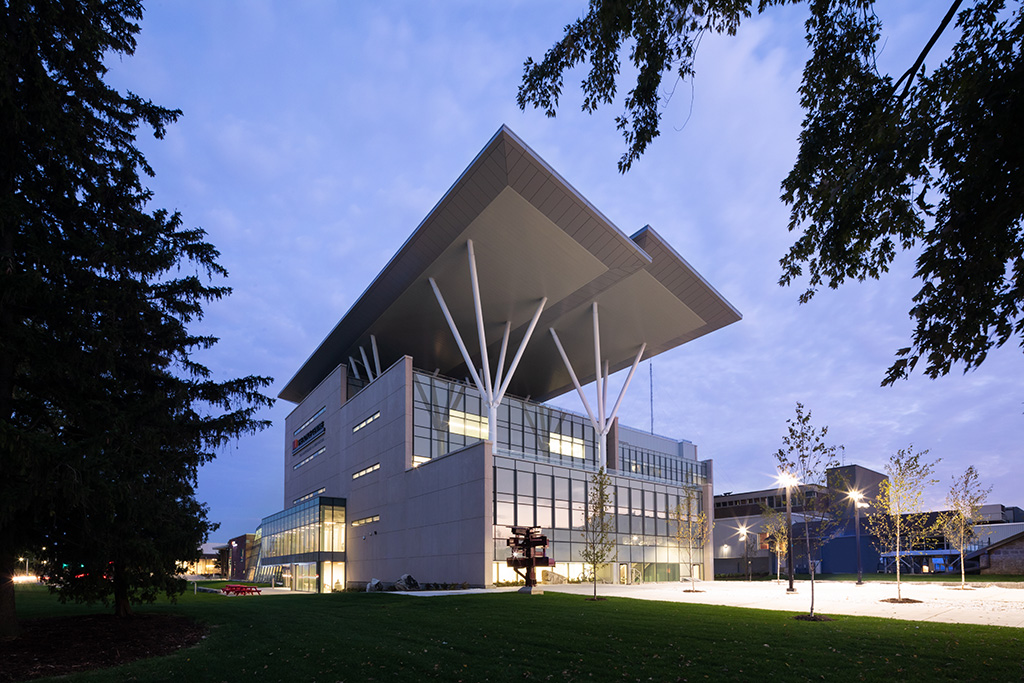
Mohawk College Joyce Centre for Partnership Innovation Building; image by B+H
How likely is COVID-19 going to influence architecture/design in the future?
It’s prudent to assume that we will all be transformed in some way by this experience. We are all learning new things, building new muscles, and those will be with us for the rest of our lives. We will return to a ‘normal’ but it will not be the one we knew before.
As designers of the built environment, it is our job to dream a better future. Although the lessons we are learning are harsh ones, they are also freeing everyone’s imagination. We are seeing new ways of working, new ways of socialising, new ways of entertaining ourselves and indeed new ways of accessing critical services such as healthcare and food. All of these new experiences will impact the design of our physical spaces in some way.
If there is a silver lining to this pandemic, it is that we are learning and adapting quickly and will be bringing a new mindset to design in the future. There is opportunity in this big reset. We see several major threads that will allow to create environments that are more resilient and adaptable—not only in the face of a future global pandemic, but in response to other potential disruptions such as climate change, terrorism or extreme weather events. We should be looking at all of our buildings and asking: “What purpose might this building need to serve?” Our homes may need to be designed to better accommodate our ability to work from home; our offices may want to focus on collaboration and social spaces, and more dedicated focus space; our hotels and public buildings, empty during a crisis, could be designed to more readily adapt to support urgent needs at hand.
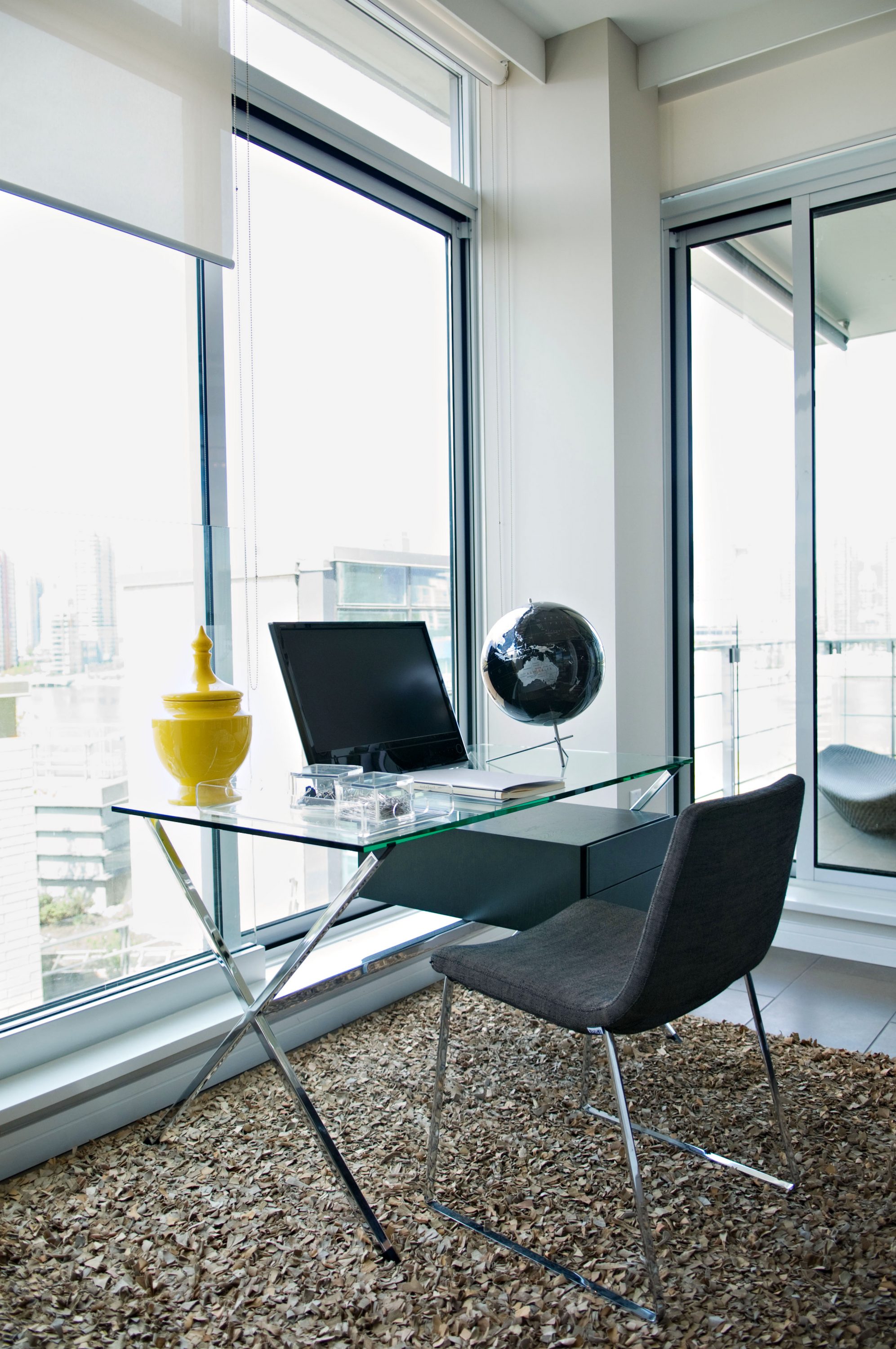
The Village on the False Creek; image by B+H
At the moment the workplace has been turned upside down. Prior to the COVID-19 pandemic, the governing trend within workplace design was to make work feel like home. Now this trend has reversed—we are having to adapt our homes to function as our workplace. It’s not perfect. Our homes are not typically set up to accommodate the work function.
As a society, our response may be to choose to work from home two or three days a week. Or perhaps to stagger teams over one week at home and one week in the workspace. This would significantly reduce the real estate pressure, allowing workspaces to be more compact (and economical) while also eradicating the arbitrary worldwide rush hour we created (a result of outmoded industrial manufacturing models). The ten-minute city concept embraces the idea that good city design allows people to live, work and play within a ten-minute walk or bike ride of their home. Co-working hubs may pop up in neighbourhoods to provide an alternative to the ‘home office’. Perhaps we start to see home office amenity floors appear in residential towers to provide alternative workspace for residents. The ten-minute city concept also allows for effective isolation of affected populations as it removes the need for people to travel large distances between home and work.
The common thread is that the lines between once well-defined spaces and environments are blurring. There is precedent for this. The old, traditional pre-industrial era buildings were designed as multi-functional, multi-generational spaces to encapsulate our entire existence. The key may lie in finding the balance between the pre-industrial ‘one-size-fits-all’ model and the hyper-specialised design of the late 20th century. As designers, we should consider providing a wide array of environments to accommodate a wide variety of functions, users and needs, recognising that our emotional and social needs vary over the course of our work day, as well as the nature of the task we need to focus on. There would be more emphasis on resilience, sustainability, wellness, privacy, security but also a sense of community; buildings and environments that can isolate or disconnect and function as a self-sustained community, independent of the outside world.
– Construction+ Online



